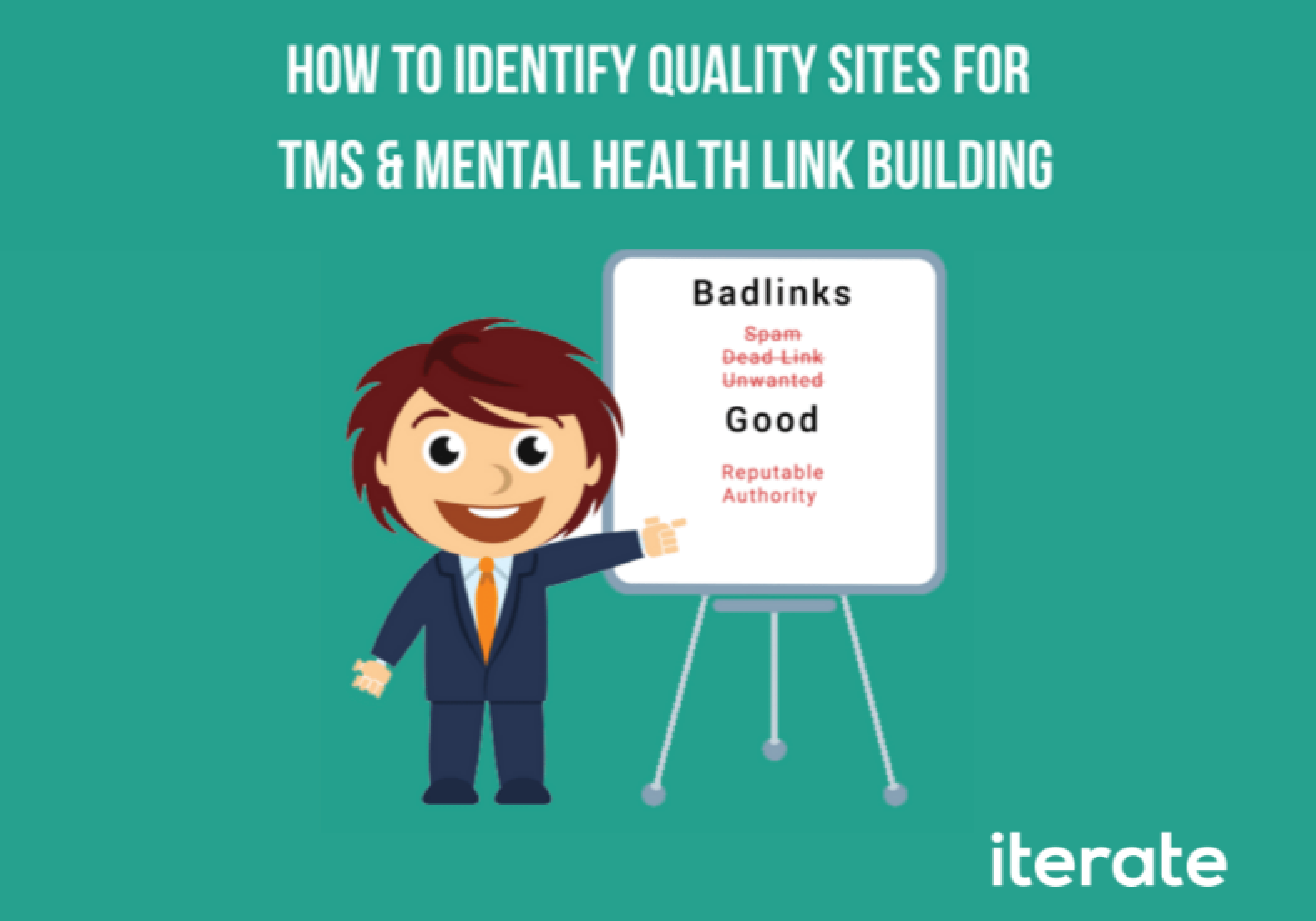“What Is Direct Traffic?”
It sounds like a straightforward question, doesn’t it? If you’ve looked at your Google Analytics channel data or had a brief summary of your web traffic, you’d likely think – “That’s simple. It’s people who came directly to my website.”
But ask any digital marketer worth their salt (and/or yak butter coffee) and you’re likely to receive a much longer and more nuanced answer.
Let’s start with what it’s supposed to be.
Direct traffic is, in part, the simple definition given above – people who went directly to your site. They clicked on the box at the top of their browser and typed in your URL. This also includes people who came to your site through a bookmark or a link in a .pdf as well.
Where things really get tricky is that direct traffic is the default for any traffic that enters your site without a source. Any time someone enters your site without source data included, they are counted as direct traffic. This happens more often than one might think. Some common occurrences are:
– When someone clicks a link in an email that has not been tagged. Links in emails need to be manually tagged in order to pass data and be counted as email rather than direct.
– When someone clicks on a link in a social profile on an app or from a social dashboard like Tweetdeck or Buzzbundle. This is known as “Dark Social” and doesn’t pass the source data.
– When a user is transferred from an HTTPS page to an HTTP page. When a transfer occurs from a secure site to a non secure site it removes the users source.
Any time the source is removed for whatever reason – whether it is general procedure or an unfortunate technical glitch – the user will be counted as direct. Maintaining the integrity of your data is the fact that Google will never change a user’s source to direct if there is a previously known source. So with the HTTPS to HTTP, if a user enters an unsecure section of your site from a secure section Google will not change that user to direct.
Any time someone enters your site without source data included, they are counted as direct traffic. This happens more often than one might think.
Looking at all these examples you’d be forgiven for thinking that these issues might not apply to you. After all, if you’re not running email campaigns or don’t have social profiles then your direct traffic wouldn’t be that messed up.
You’d be forgiven for thinking that… but you’d still be wrong.
For years marketers wondered the same thing, but then Groupon released an interesting case study. Basically, they “deindexed” their site, or removed all the pages from Google’s index. Then what they did was they watched how far their direct traffic fell. After all, if direct traffic is people who went directly to your site it shouldn’t be affected, right? Wrong. What they observed was a 60% drop in direct traffic.
“Dark social” is clearly a serious issue in measuring traffic accurately as well. According to Marketing Land (reporting on an paywalled article by Radian One), 69% of social sharing is dark sharing. This is a significant number! Social sharing makes up a large portion of traffic on the internet and 69% of it is being counted as direct, not social. And don’t forget, just because you don’t have a social profile doesn’t mean your pages can’t be shared by other people.
And to make matters worse, there has been a recent influx of spam traffic that is being bucketed as direct but doesn’t actually represent real, live users. The spammers don’t actually enter your site, they just trigger your analytics snippet to make it think that there was a visit. If this is done frequently, a large portion of your traffic could be false. When it comes to direct traffic, these are referred to as “ghost referrals” and generally come hand in hand with spam referral traffic.
It’s tough to say for any given site how much direct traffic is really direct. Groupon experienced a 60% drop in direct traffic after deindexing their site but this might not be true for other sites. Websites with less social interaction will also be impacted less by “dark social” and sites that have taken steps to eliminate spam traffic will have a clearer picture of direct traffic. As things stand now, however, no site will completely eliminate these problems and it is probably safe to assume that direct traffic isn’t exactly accurate.
For now, look at your traffic report like a political analysts reading the latest crazy propaganda coming out of North Korea: It may be wildly exaggerated or even patently false, but if you dig deep enough you will still find valuable insights.
Questions or comments? Leave them below or get in touch with us!






